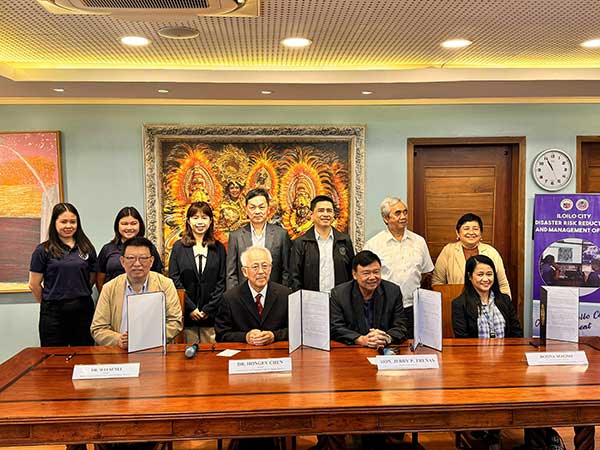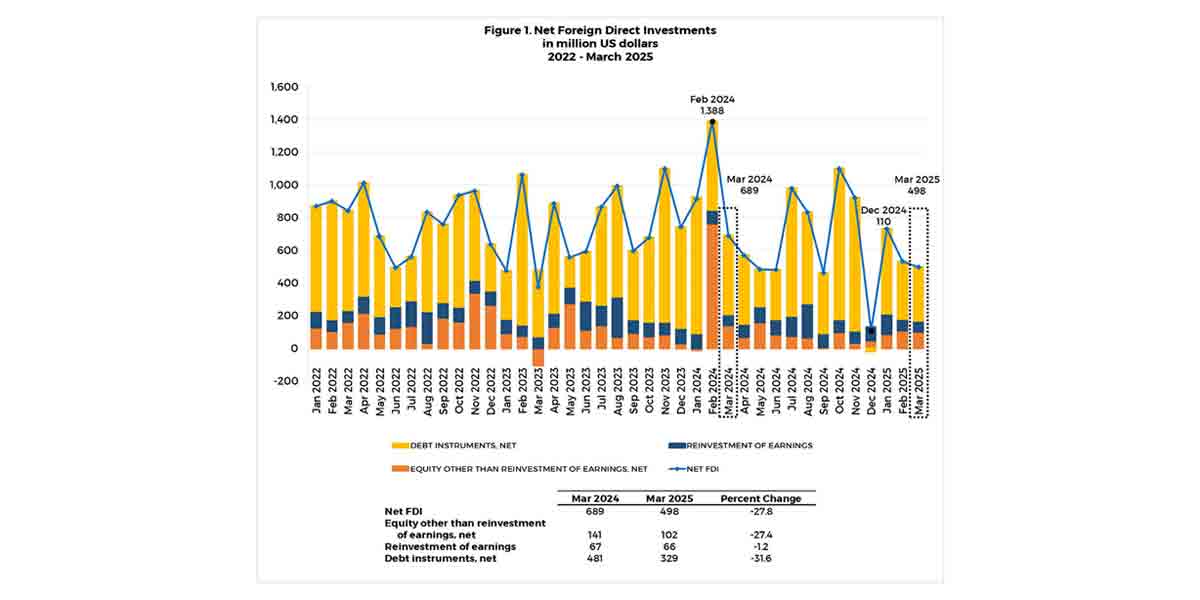
By Rjay Zuriaga Castor
The National Science and Technology Center for Disaster Reduction (NCDR) of Taiwan has officially donated advanced hazard monitoring equipment to the Iloilo City government to enhance disaster preparedness and response to weather-related events and earthquakes.
On Tuesday, June 10, the city government and NCDR signed the deed of donation for 26 early warning devices, 24 of which have already been installed across Iloilo City since 2019.
The devices have been strategically placed in government offices, barangays and partner institutions such as SM City Iloilo, Megaworld and several universities.
The warning devices include rain gauges and the P-Alert system, an advanced seismic early warning technology.
The P-Alert system can detect primary waves (P-waves) from earthquakes and issue alerts up to five seconds before the stronger secondary waves arrive.
This critical window allows individuals and institutions to take immediate precautionary measures, potentially saving lives and reducing damage.
Rain gauges collect real-time rainfall data, providing the Iloilo City Operations Center with vital information for decision-making during storms and heavy rainfall.
“What is very important about these gauges is that it gives the decision-maker actual data on how to deal with rainfall […] so that we can make the proper warnings to our barangays,” said Iloilo City Mayor Jerry Treñas.
Treñas noted that the early warning system has contributed to zero flood-related casualties in the city over the past six years.
The partnership between Iloilo City and NCDR was facilitated by the National Resilience Council (NRC), a public-private partnership supporting local government units in strengthening disaster resilience.
In 2017, Iloilo City was selected as one of the pilot LGUs under NRC’s “Resilient LGUs” program.
This collaboration culminated in October 2019 with the signing of a Memorandum of Cooperation among the Iloilo City Government, NRC, Manila Observatory and NCDR.
NCDR Director Hongey Chen underscored the value of the donated technology, especially as both Taiwan and the Philippines lie along the Pacific Ring of Fire.
“We hope to learn some experience with each other, to share our experiences with each other, and to help both countries or both cities reduce our disaster risks,” he said.




















